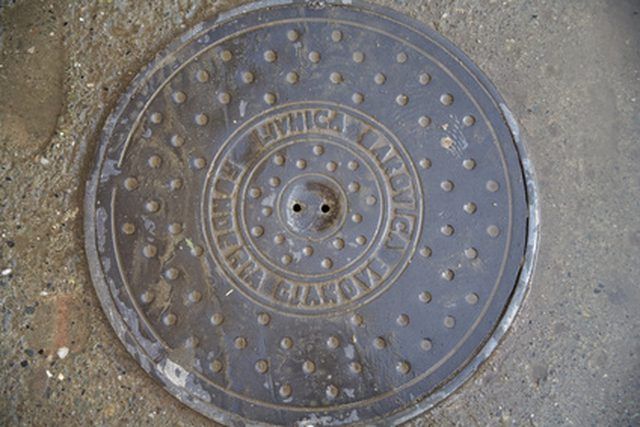Bulbs
Flower Basics
Flower Beds & Specialty Gardens
Flower Garden
Garden Furniture
Garden Gnomes
Garden Seeds
Garden Sheds
Garden Statues
Garden Tools & Supplies
Gardening Basics
Green & Organic
Groundcovers & Vines
Growing Annuals
Growing Basil
Growing Beans
Growing Berries
Growing Blueberries
Growing Cactus
Growing Corn
Growing Cotton
Growing Edibles
Growing Flowers
Growing Garlic
Growing Grapes
Growing Grass
Growing Herbs
Growing Jasmine
Growing Mint
Growing Mushrooms
Orchids
Growing Peanuts
Growing Perennials
Growing Plants
Growing Rosemary
Growing Roses
Growing Strawberries
Growing Sunflowers
Growing Thyme
Growing Tomatoes
Growing Tulips
Growing Vegetables
Herb Basics
Herb Garden
Indoor Growing
Landscaping Basics
Landscaping Patios
Landscaping Plants
Landscaping Shrubs
Landscaping Trees
Landscaping Walks & Pathways
Lawn Basics
Lawn Maintenance
Lawn Mowers
Lawn Ornaments
Lawn Planting
Lawn Tools
Outdoor Growing
Overall Landscape Planning
Pests, Weeds & Problems
Plant Basics
Rock Garden
Rose Garden
Shrubs
Soil
Specialty Gardens
Trees
Vegetable Garden
Yard Maintenance
What Is Milorganite Lawn Fertilizer?
What Is Milorganite Lawn Fertilizer?. Milorganite is a fertilizer created from treated sewage sludge. The biosolids come from wastewater treatment plants from the Milwaukee Metropolitan Sewerage District. The name "Milorganite is derived from "MILwaukee ORGanic NITrogEn."

Milorganite is a fertilizer created from treated sewage sludge. The biosolids come from wastewater treatment plants from the Milwaukee Metropolitan Sewerage District. The name "Milorganite is derived from "MILwaukee ORGanic NITrogEn."
Composition
Milorganite is made of a semisolid residue of organic matter, which is a byproduct of wastewater treatment. The fertilizer value comes from the nitrogen, phosphorus and organic matter in the wastewater that winds up in the sewage sludge.
History
In 1913 the City of Milwaukee created a sewerage commission that connected all municipal sewers, centralizing wastewater treatment. The new activated sludge process was adopted to treat wastewater, but it produced tons of dried microbe solids. Nutrient analyses determined the content of the material was similar in composition to commercial fertilizers and scientists began experimenting with the byproduct. The end result was Milorganite.
Benefits
Milorganite manufacturers claim that there is no burning of turf with over-application. Milorganite produces a dark green, dense turf without causing excessive top growth.
Availability
Milorganite comes in pellet form. It is sold in 36-pound bags for retail use, 50-pound bags for the commercial market and in bulk bags for large-area application. Milorganite is also sold and added to other commercial fertilizer products.
Approval
Milorganite is approved by the U.S. Environmental Protection Agency for distribution for any use, including home gardens.